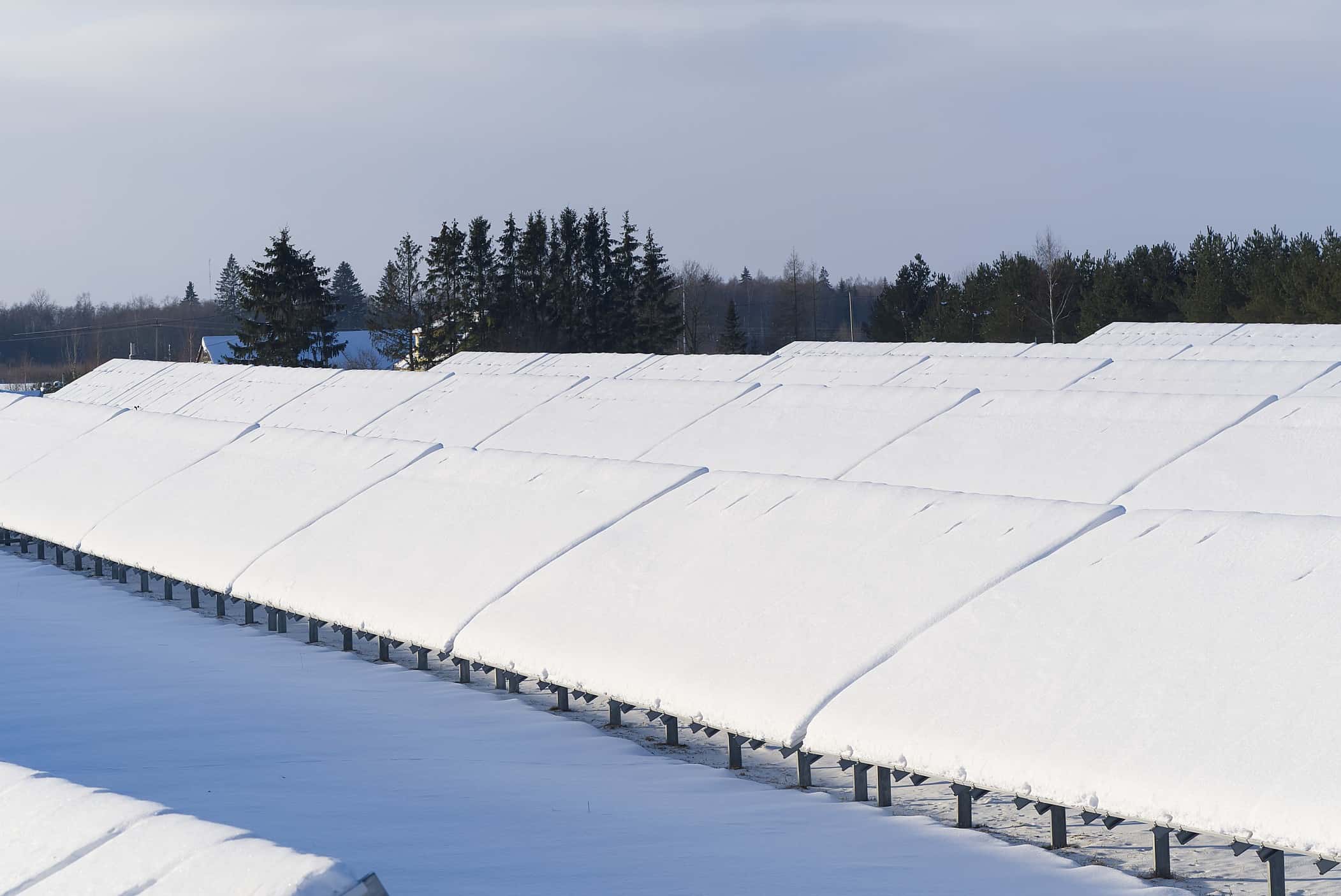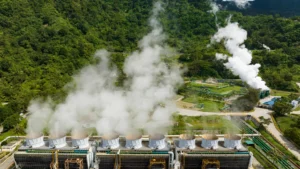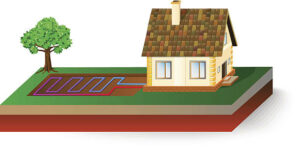Imagine it’s a crisp winter morning. Your solar panels are up there on the roof, ready to capture the day’s sunlight—but there’s one problem. They’re covered in a slick layer of ice. You’re probably wondering, Are they still producing power? Or are they completely out of commission until things thaw out?
Let’s dive into how ice impacts solar panels, what you can expect during winter months, and what you can do about it.
The Quick Answer: Not Much Happens Under Ice
Let’s keep it simple—when solar panels are covered in ice, their performance drops dramatically. In most cases, they stop producing electricity altogether. That’s because solar panels need direct sunlight to generate power. And a layer of ice blocks that sunlight from reaching the photovoltaic cells.
No sunlight, no energy. It’s not a failure of the technology—it’s just physics.
Why Ice Blocks Solar Energy Production
Solar panels work by allowing sunlight to penetrate the glass surface and interact with silicon cells inside. These cells convert light into electricity. But when ice forms a solid barrier on top of that surface, it acts like a blindfold—cutting off the sun’s access.
Even a thin layer of ice can have a big impact. It refracts, scatters, and reflects light, instead of letting it pass through cleanly. That’s why even if the sun is shining, your energy output could be zero if the panels are iced over.
Cold Temperatures Don’t Hurt—It’s the Ice That Does
Here’s a twist: cold weather on its own isn’t a problem for solar panels. In fact, panels often perform better in cooler temperatures. Why? Because excessive heat can reduce the efficiency of solar cells. So while summer days might be longer, winter’s crisp, sunny mornings can be surprisingly productive—as long as your panels are clear.
So don’t blame the season. Blame the ice.
Ice vs. Snow: Not All Precipitation is Equal
There’s a big difference between snow and ice when it comes to solar panel performance.
- Snow is light and fluffy. Often, it melts or slides off panels relatively quickly, especially on tilted roofs. Some solar production can even resume during sunny conditions as snow begins to slide off or melt.
- Ice, on the other hand, is heavy, slick, and stubborn. It clings to the panel surface, creating a hard, reflective layer that blocks light entirely. And unlike snow, ice doesn’t budge easily.
So, if you had to pick your winter enemy—go with snow. It’s the lesser of two evils.
Can Solar Panels Melt the Ice Themselves?
It’s a common misconception that solar panels can “heat themselves” and melt away ice. While panels do absorb sunlight and can get warm during operation, they don’t generate enough heat to melt ice quickly—especially in freezing weather.
Most solar panels aren’t designed to actively defrost. So if the ice is thick, it could linger for days unless the sun comes out strong or the temperatures rise.
What About Energy Storage During Icy Days?
If you’ve invested in battery storage systems alongside your solar panels, you’re in luck. These systems can keep you powered even when your panels take a short winter break. When production dips (due to ice or heavy snowfall), batteries can supply energy from previous sunny days.
Think of it like saving up during good times so you can cruise through the bad ones.
Should You Clear Ice Off Your Solar Panels?
Now you might be thinking: Should I climb up there and scrape the ice off myself?
Short answer—no. It’s not worth the risk to your safety or your solar investment. Panels are made of tempered glass, and using tools or scraping could damage them.
If you’re determined to clear them, here are a few safer options:
- Use a soft-bristled snow roof rake with a long handle (designed for solar panels).
- Consider installing panel heaters or anti-icing coatings if ice is a frequent issue.
- Hire a professional who’s trained in safe rooftop solar maintenance.
Do Solar Panels Still Work in Winter Overall?
Absolutely. Just because your panels might take a hit during icy days doesn’t mean they’re ineffective during the whole season. In fact, many homes and businesses in cold climates—from Minnesota to Canada—rely on solar year-round.
On days when the panels are clear, winter sun can still power your home efficiently. Plus, with net metering and energy storage, you can balance out any dips in performance.
How to Prepare Your Solar System for Winter
Want to get the most out of your solar panels in winter—even when ice is a threat? Here are a few proactive tips:
- Install panels at a steep tilt angle: This helps snow and ice slide off more easily.
- Monitor your system: Use your inverter or energy app to keep an eye on performance. If there’s a sudden drop, ice might be the culprit.
- Consider a maintenance plan: Partnering with a solar provider who offers seasonal checkups can help catch issues early.
Conclusion: A Little Ice Doesn’t Ruin a Good Solar Setup
While it’s true that solar panels don’t perform well when covered in ice, that’s only a temporary setback. Ice happens, especially in cold regions, but with proper planning and the right setup, your system can keep producing through the season.
Think of winter performance like a short commercial break—it doesn’t cancel the whole show. As long as your panels get direct sunlight most of the time and you’ve built in some backup options like batteries or net metering, you’ll keep seeing returns on your solar investment all year long.
Still have questions about winter solar performance? Reach out to us at Envirotech Geothermal—we’re here to help you get the most out of your system, rain, shine, or snow.



